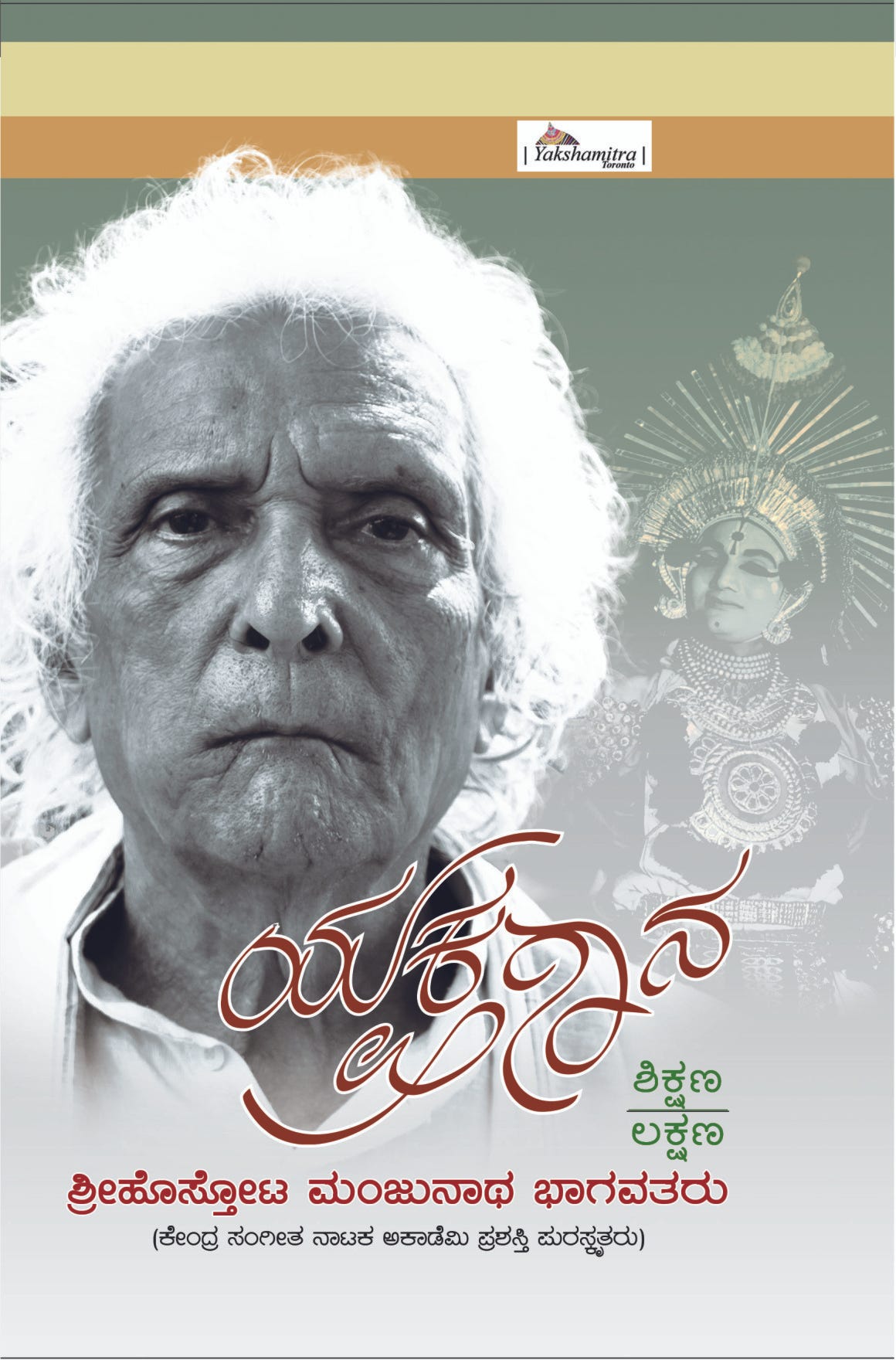Here is a pessimistic article about India's growth:
http://www.rediff.com/money/2008/may/29india.htm. I agree with most of his points. I can not agree with some of them because I do not understand. I disagree with some pessimism.
Indian agriculture slowing down is an old story. I had questioned the Indian ambasidor to Canada about governament's efforts to help 80%of the people who depend on agriculture. I pointed out that agriculture was not mentioned in her speech which was abot India shining! She corrected me saying only 60% depend on agriculture now. True but it is also true that their contribution to GDP is less than 20% and agriculture takes nearly half of India's land. In summary, so called reforms and development are not helping 600 million people. Corporate savings which we 5 times less than domestic savings are now only 3 times lesser! Corporations have more money than people.
It is also true, industrial growth, at best is stagnent. Only thing that remain is services. Services have done well. But we can not eat services, can we? Infrastructure: Bengaluru like cities are in shambles. What about rural infrastructure? It still takes forever to call my parents. Good communication and transport is still a dream. Capital expenditure (i mean babu's salaries) is at 13 billion and beyond, a little less than India's software export revenue! Manmohan is still working hard to add fat to the rich asses.
What about inflation? So called growth for the rich is increasing cash flow resulting in more demand and inflation.
http://www.rediff.com/money/2008/may/29india.htm. I agree with most of his points. I can not agree with some of them because I do not understand. I disagree with some pessimism.
Indian agriculture slowing down is an old story. I had questioned the Indian ambasidor to Canada about governament's efforts to help 80%of the people who depend on agriculture. I pointed out that agriculture was not mentioned in her speech which was abot India shining! She corrected me saying only 60% depend on agriculture now. True but it is also true that their contribution to GDP is less than 20% and agriculture takes nearly half of India's land. In summary, so called reforms and development are not helping 600 million people. Corporate savings which we 5 times less than domestic savings are now only 3 times lesser! Corporations have more money than people.
It is also true, industrial growth, at best is stagnent. Only thing that remain is services. Services have done well. But we can not eat services, can we? Infrastructure: Bengaluru like cities are in shambles. What about rural infrastructure? It still takes forever to call my parents. Good communication and transport is still a dream. Capital expenditure (i mean babu's salaries) is at 13 billion and beyond, a little less than India's software export revenue! Manmohan is still working hard to add fat to the rich asses.
What about inflation? So called growth for the rich is increasing cash flow resulting in more demand and inflation.






